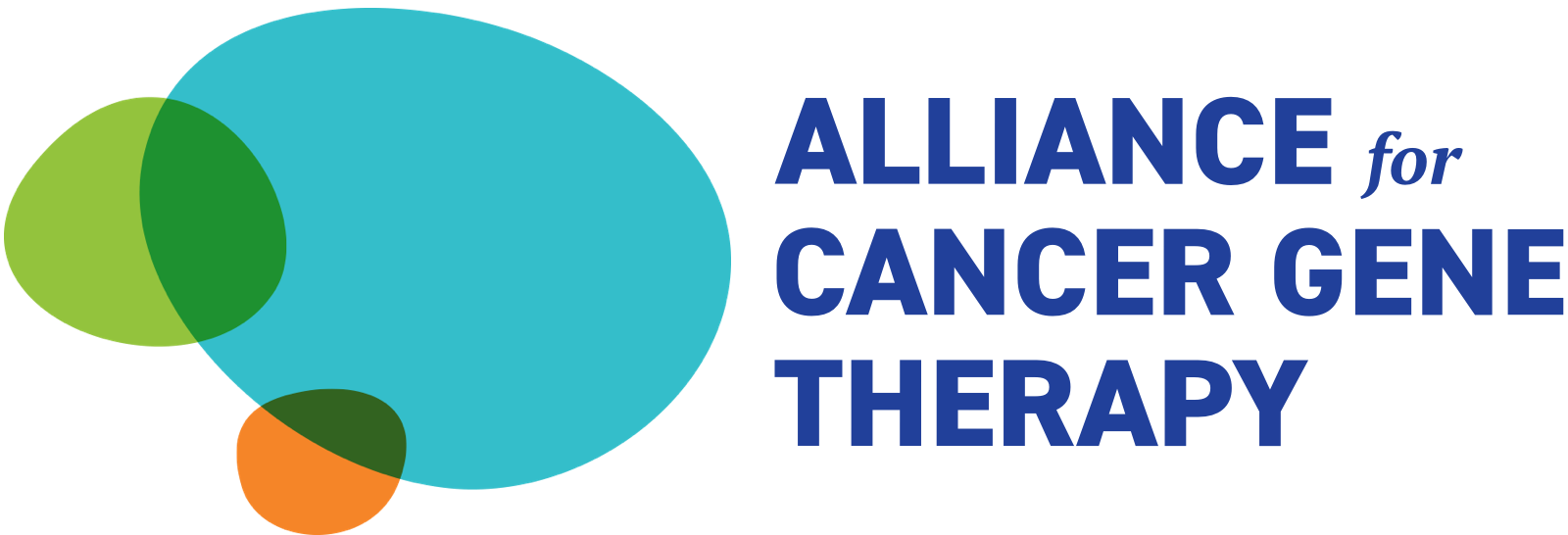Understanding brain tumor biology.

Sheila Singh, MD, PhD
McMaster University
To defeat cancer, scientists must first understand cancer: how the disease forms, spreads, and often resists the immune system. This is key to developing effective, potentially lifesaving, cell and gene therapies.
This understanding of cancer biology is one of many skills Sheila Singh, MD, PhD, brings to the fight against cancer – and why other cell and gene therapy scientists have teamed with her to help develop effective cell and gene therapies for pediatric brain tumors.
Dr. Sheila Singh’s background in pediatric brain tumor biology.
Dr. Singh is a pediatric neurosurgeon and a Professor in the Department of Surgery and Biochemistry at McMaster University Cancer Research Centre in Ontario, Canada. She’s also the Director of the Surgeon-Scientist Program, the Director of the Pediatric Brain Tumour Study Group, and the Director of the Centre for Discovery in Cancer Research (CDCR).
Dr. Singh became an Alliance for Cancer Gene Therapy (ACGT) Research Fellow in 2024 through the ACGT-Barbara Netter Fund Collaboration Challenge Award. She is part of a cross-institution collaboration featuring scientists at McMaster University, Stanford University and St. Jude Children’s Research Hospital.
Dr. Singh is teaming with two scientists who have previously received ACGT research grants: Crystal Mackall, MD (Stanford); and Stephen Gottschalk, MD (St. Jude). They aim to develop an effective cell and gene therapy for children with medulloblastoma and ependymoma. Combined, these two brain tumors are diagnosed in approximately 700 children in the United States each year.
Drs. Mackall and Gottschalk are cell and gene engineering experts who have used ACGT funding to develop CAR T-cell therapies for pediatric cancers. CAR T-cell therapy is a type of cell and gene therapy that uses one or two genetic modifications to help immune system cells target cancer cells more effectively.
Dr. Singh and her grant colleagues are taking this concept a step further by using additional genetic modifications. They are developing a synthetic T-cell therapy with several genetic modifications, all designed to fight brain tumors more effectively.
“Drs. Mackall and Gottschalk use genetic engineering as a precision tool to adjust these CAR T cells and make them more effective,” Dr. Singh said. “It’s like training Olympic athletes to jump higher and run faster.
“This type of expertise is something I don’t personally have. I’m a pediatric neurosurgeon. I know a lot about brain cancer, but immunology is a stretch for me.”
Knowing the enemy can help defeat the enemy.
Dr. Singh’s knowledge of brain cancer – particularly pediatric brain cancer – is exactly what the collaboration needs.
“Pediatric brain cancers tend to be different from adult brain cancers because they originate in more of a developmental context,” Dr. Singh says. “Take medulloblastoma as an example. This brain tumor originates in the cerebellum, which continues developing until the age of 2. The cause of medulloblastoma is a mutation in one of the rapidly proliferating stem-like cells that helps the cerebellum grow and develop until the age of 2.”
Chemotherapy and radiation therapy are the standard-of-care treatment options for medulloblastoma, but Dr. Singh says a lot of children still have proliferating stem cells when they’re fighting the cancer. These cells can hide from chemotherapy and resurface later, which leads to high rates of recurrence.
“We can effectively treat and put into remission 70-80% of children with medulloblastoma with standard of care,” Dr. Singh says. “However, the 20-30% of children who don’t respond to chemotherapy or radiation therapy, or who relapse after treatment ends, have no effective therapeutic options right now. That’s what our ACGT-Barbara Netter Fund Collaboration Challenge Award is about.”
Attacking a moving target.
One of the key elements of cell and gene therapy is engineering the immune system to target specific properties on cancer cells. One example is unique proteins carried by the cancer cells. Cell and gene therapies can direct the immune system to look for these specific proteins.
In pediatric brain tumors such as medulloblastoma and ependymoma, the protein targets can change over time. The tumor cells evolve, and cell and gene therapies must anticipate these evolutions.
“That’s why I think Drs. Mackall and Gottschalk are so drawn to my work,” Dr. Singh says. “We can’t engineer these cells to go after proteins that are no longer expressed on these rapidly evolving tumors. The proteins you might treat at the beginning may no longer be in the tumor cells at the end.”
Dr. Singh can map out the protein targets for treatment as the tumor evolves, which Drs. Mackall and Gottschalk can use to design a cell and gene therapy that targets relevant proteins for children at a particular point in the tumor-evolution process.
“In my lab, we identified protein targets that are particularly relevant after cancer recurrence,” Dr. Singh says. “We are now designing new synthetic T-cell therapies against novel and relevant targets for children who have had treatment-resistance or recurrence.”
Pooling resources to get the best results.
The ACGT-Barbara Netter Fund Collaboration Challenge Award application from Drs. Singh, Mackall and Gottschalk was first discussed at ACGT Summit 2023. The Summit is a day-long scientific gathering to discuss current obstacles and possibilities in the field of cancer cell and gene therapy.
ACGT Chief Program Officer Barbara Lavery announced the grant initiative to a room full of scientists, and wheels started spinning.
Even if Dr. Singh’s collaboration wasn’t chosen for the funding, she commends ACGT for becoming a thought leader in the field of cell and gene therapy – and she’s just happy to be in the same room as so many visionaries.
“The funding is obviously appreciated,” Dr. Singh says, “but even more important than the funding is the network of scientists.
“Taking people who have complimentary but not overlapping expertise and putting them together to discuss a problem simply increases the number of solutions to the problem,” Dr. Singh says. “If I was tackling this on my own, I would have one or two solutions. Putting me together with Drs. Mackall and Gottschalk leads to a wealth of solutions. We are all going to bring strengths to the table that the others do not have.
“The best way to describe this collaboration is that the whole is much greater than the sum of the parts. Good science like this is done as a team.”
“The best way to describe this collaboration is that the whole is much greater than the sum of the parts. Good science like this is done as a team.”



